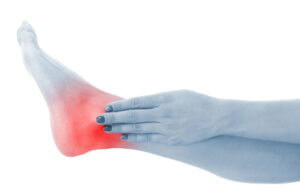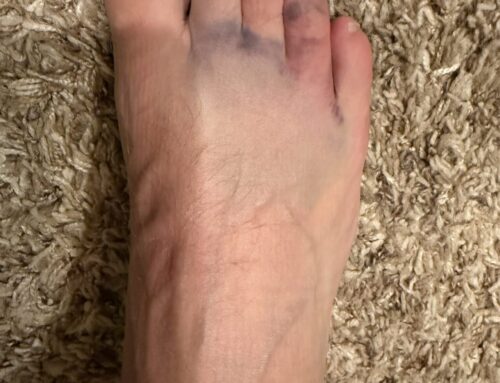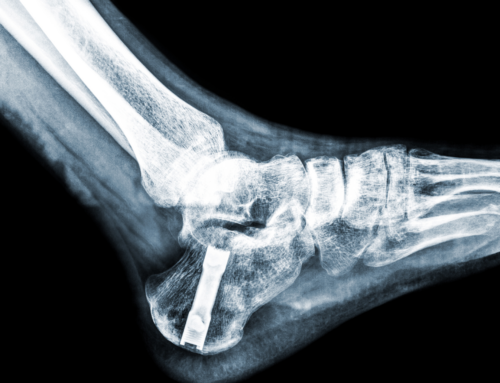It’s estimated that five hundred million people globally have osteoarthritis (or OA). OA can be painful regardless of where it appears. However, it can be particularly challenging for people who have it around their feet and ankles.
That’s because many treatments for OA in the foot are simply not as effective as ones for other weight-bearing joints. That being said, there are promising types of surgeries like fusion procedures. If arthritis affects your hindfoot, then your specialist might recommend hindfoot fusion foot surgery.
But what is hindfoot fusion? And why should you consider getting it? In this guide, we’ll answer these questions so you can decide if it’s the right procedure for your needs.

What Is Hindfoot Fusion?
Arthritis and deformities can target any part of the foot. When they reach the hindfoot, they can severely impact the way to put pressure on your heel.
Typically, a specialist will first try a variety of non-surgical treatment options to treat hindfoot arthritis. However, if none of these work, then a hindfoot fusion might be the best type of procedure.
With a hindfoot fusion, the doctor will fuse two or more of the joints found in your hindfoot. The goal of this procedure is to intentionally stiffen the joints.
Because it restricts the movements, it means you suffer little to no pain from your arthritis. Hindfoot fusion is similar to an ankle fusion or midfoot fusion. The difference is the specific joints the specialist is fusing.
What Are the Key Benefits?
The main benefit of hindfoot fusion procedures is that they can eliminate the pain caused by arthritis and foot deformities. The toll of chronic foot pain shouldn’t be underestimated.
As this guide notes, chronic pain has been linked to things like depression, Alzheimer’s disease, substance use, and higher rates of suicide.
Following a successful hindfoot fusion you should be able to cut back or eliminate your pain medication. It also allows you to be more physically active, which can have a host of physical and emotional benefits.
What’s Recovery Like?
While there are a lot of benefits of hindfoot fusion, there are some drawbacks too. Notably, there’s the long post-surgery recovery time. Following the procedure, your foot will be wrapped in bulky bandages.
During your recovery, you will need to avoid putting any weight on your leg for six to 12 weeks. You will walk around using crutches. You will also need to check in frequently with your specialist to get X-rays.
These ensure that the fusion is healing correctly. It will likely take 12 months before your foot fully heals. The more you support the healing process the greater the chance of success with the procedure.
Interested in Hindfoot Fusion? Contact Flint Foot & Ankle Institute
We hope this guide helped you learn more about hindfoot fusion orthopedic procedures. Here at Flint Foot & Ankle Institute, we’re dedicated to helping our patients achieve their best lives regardless of their condition. For some, that might mean treatments.
For others, the best choice would be surgery like the hindfoot fusion. Regardless of which one is right for you, we’re dedicated to helping you find the right solution.
Schedule an appointment with us today so you can start managing your foot and ankle pain.




